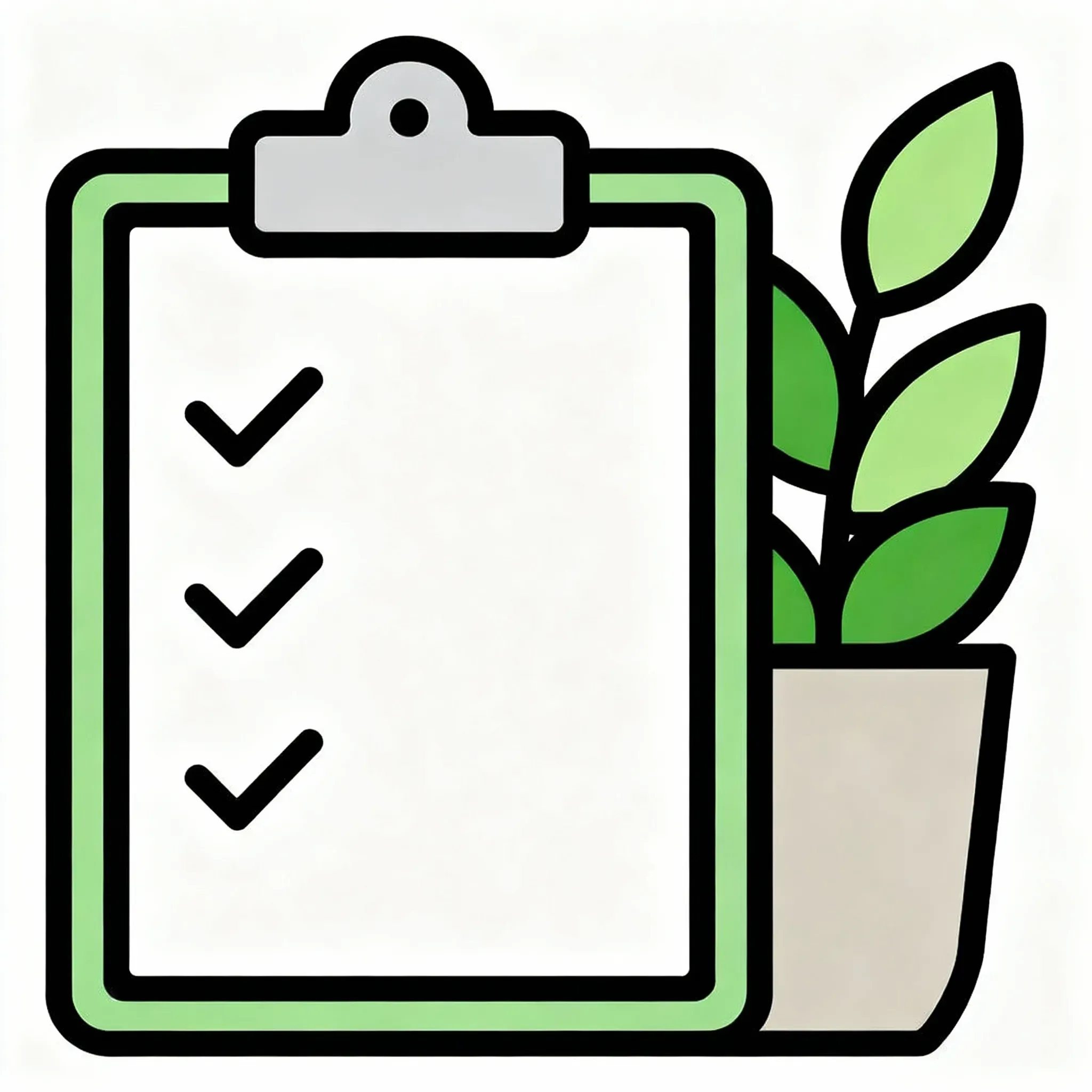 2-3 Weeks Before Moving: Plant Assessment and Preparation
2-3 Weeks Before Moving: Plant Assessment and Preparation
Inspection and Care
- Check all your plants for pests, diseases, or any signs of damage.
- Treat affected plants promptly to prevent spread during the move.
- Decide which plants will be transported and which should be left behind or given away.
- Photograph valuable or rare plants for insurance records and easy identification.
- Research the climate of your new location to prepare plants for new conditions.
- Arrange adequate space in your vehicle to ensure plants are transported safely and securely.
Legal and Regulatory Considerations
- Investigate plant transportation laws in your current and new regions or countries.
- Verify any restrictions or prohibitions on bringing certain plants or species into the new area.
- Obtain necessary documents, permits, or phytosanitary certificates required, especially for interstate or international moves.
Additional Tips
- Inform your moving company about any plants that require special care or handling.
- Prepare protective packaging for delicate plants to shield them during transit.
- Water plants appropriately before the move—not too much to avoid leaks, but enough to keep them healthy.
Planning ahead will help your plants arrive safely and thrive in their new environment.
 One Week Before Moving: Plant Preparation and Packing
One Week Before Moving: Plant Preparation and Packing
Plant Care
- Stop fertilizing your plants at least one week before the move to reduce stress.
- Trim away any dry, damaged, or dead leaves and branches to keep plants healthy.
- Tie up long stems and branches gently to prevent breakage during transport.
- Move plants away from windowsills and place them in a cooler, less bright spot to prepare them for moving.
Gather Packing Materials
- Cardboard boxes in various sizes suitable for pots and plants.
- Bubble wrap, newspapers, soft fabrics, or bags to securely wrap pots and fragile plants.
- Tape, labels, and markers to clearly identify each plant and its care instructions.
Additional Tips
- Ensure pots have drainage holes are protected from leaks by placing a plastic bag underneath before packing.
- Water plants adequately a day before the move—avoid overwatering to prevent mess.
- Label plants with any special care instructions or important notes for movers.
- Prepare a checklist of all plants being moved for easy tracking.
Careful preparation helps your plants stay healthy and arrive safely at your new home.
 1-2 Days Before Moving: Watering and Packing Preparation
1-2 Days Before Moving: Watering and Packing Preparation
Watering Plants
- Water plants moderately, ensuring the soil is slightly moist but not wet.
- Allow excess water to drain from saucers to avoid spills during transport.
- Secure pots with plastic wrap or paper to prevent soil from spilling out.
- Prepare labels with plant names and care instructions for easy identification.
 Moving Day: Plant Packing and Transport
Moving Day: Plant Packing and Transport
Packing Plants
- Pack plants last to keep them fresh and safe.
- Wrap each plant gently in newspaper or bubble wrap.
- Place plants in boxes with ventilation holes to allow airflow.
- Secure pots inside boxes to prevent movement and damage.
- Mark boxes clearly as “FRAGILE PLANTS”.
- Use supports and ties to stabilize tall or fragile plants.
Transporting Plants
- Transport plants inside the car cabin, not in the trunk, for better temperature control and protection.
- Drive carefully, avoiding sharp turns and sudden braking to prevent damage.
- Shield plants from direct sunlight and drafts in the vehicle.
- Maintain a moderate, stable temperature during transit to reduce plant stress.
Careful handling at this stage helps ensure your plants arrive healthy and ready to thrive in their new home.
 Immediately After Moving: Plant Placement and Care
Immediately After Moving: Plant Placement and Care
Initial Placement
- Unpack your plants first and set them in a shaded area for a few days to reduce stress.
- Check roots and soil condition; remove any damaged leaves or stems.
Early Care
- Avoid watering immediately; let plants adjust for 1-2 days.
- Do not fertilize for the first 2-3 weeks.
- Maintain a regular watering and humidity routine.
- Gradually acclimate plants to new lighting environments.
 First Weeks After Moving: Adaptation and Maintenance
First Weeks After Moving: Adaptation and Maintenance
Relocation
- Slowly move plants to their permanent spots.
- Monitor for stress signs like wilting or leaf drop.
- Repot plants in fresh soil if needed.
- Resume regular watering and feeding after 2-3 weeks.
Long-Term Care
- Locate local plant stores and nurseries.
- Learn about your new area’s climate to better care for plants.
- Consider investing in supplemental lighting or humidifiers if necessary.
 Special Recommendations by Plant Type
Special Recommendations by Plant Type
Large Plants
- Prune temporarily to ease moving.
- Use carts or helpers.
- Measure doorways and stairwells in advance.
Succulents and Cacti
- Avoid watering one week before the move.
- Wrap spiny plants in thick paper or cloth.
- These plants generally tolerate moving better.
Delicate Tropical Plants
- Minimize transit time.
- Keep temperature stable.
- Maintain high humidity during transport.
 Safety Tips
Safety Tips
- Position plants safely to avoid blocking walkways or tipping.
- Ensure pot stability, especially for tall plants.
- Be cautious of toxic plants if you have pets or children.
Proper attention after moving will help your plants thrive and settle into their new environment smoothly.
Guide to Moving with Plants
Contact us through your preferred communication method!
Address: 2224 N TUCKAHOE ST ARLINGTON VA 22205-1965
Phone: +1 (888) 711-4778
Email: [email protected]
